Technology Developments
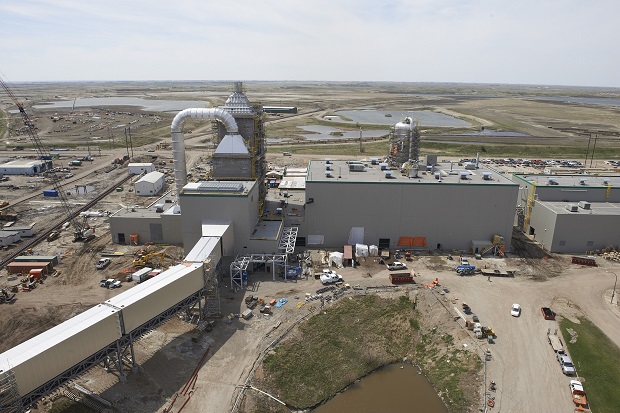
- Reduction in CO2 emissions
- Ability to meet growing energy demands
- Employment opportunities created by new plants and pipelines
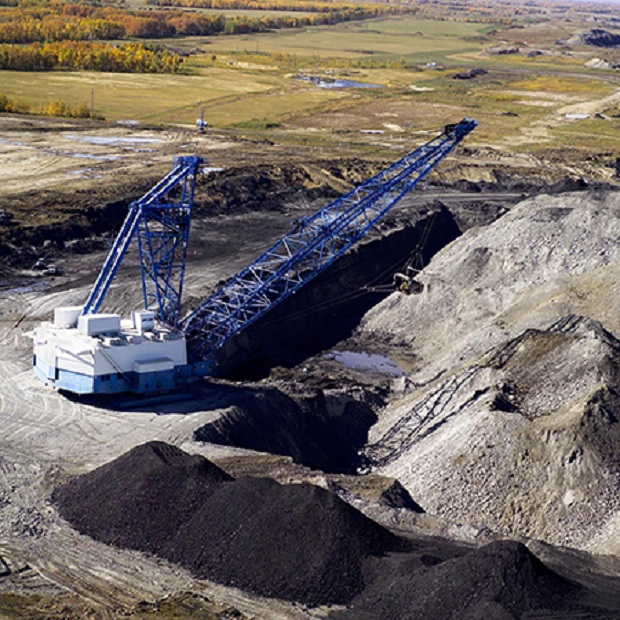
- Reduction in fuel consumption. Using less coal is more economical, efficient and better for the environment.
- Decreased greenhouse gas release thanks to advanced air quality control ‘scrubber’ technology.
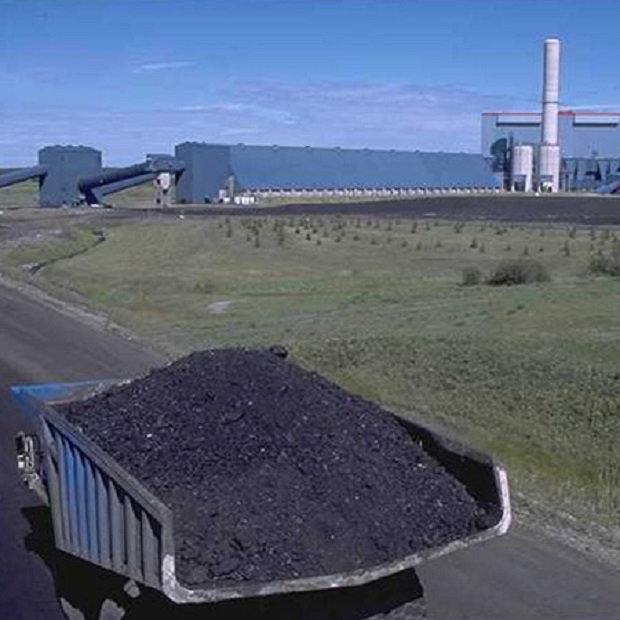
- Improved efficiency in power production
- Decrease in the production of GHGs
- Ability to scrub pollutants like sulphur and heavy metals from the fuel before it is burned
- Can produce a concentrated carbon dioxide (CO2) stream which can make CO2 storage more economical
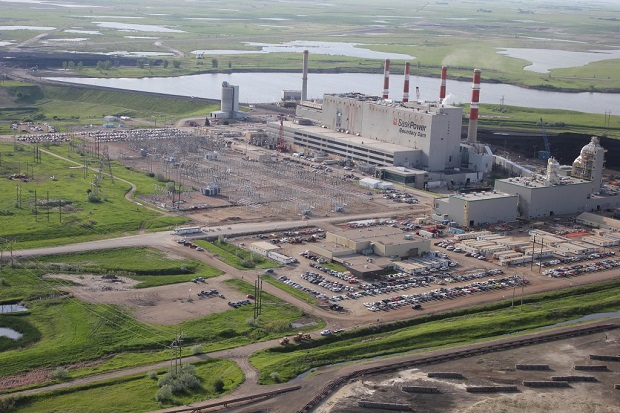
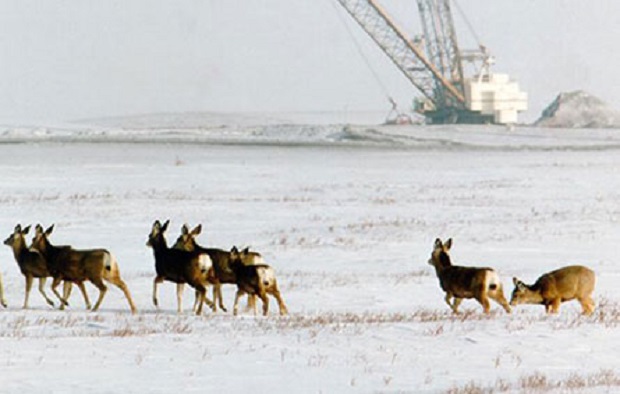
Source: https://coal.ca/coal-resources/about-the-coal-industry/technology-developments/

|
To support the fueling and basic servicing needs of Conuma’s mobile equipment in a safe and timely manner.
The Dispatcher is responsible for maximizing system benefits and ensuring accurate data for the Wenco Fleet Management System. Responsible for ensuring reliable production data is captured and reported for production planning requirements by monitoring the overall performance of the mine fleet.
- Lead design, engineering and construction on Bio Chemical Reactors/Water Management Structures and refine cost expenditure on engineering projects.
- Lead the execution, strategy, creation, and detailed plans for construction with subject matter experts in contact water management and hydrology.
Safely and efficiently drive and operate rotary or top hammer drilling equipment to bore large blast holes to specified depths and positions in an open-pit mine.
The Janitor is responsible for performing custodial duties, minor maintenance, ensure that buildings and facilities are maintained in a healthy, safe and sanitary manner, and other miscellaneous duties.
Under the general direction of the Plant Maintenance Supervisor; the Electrician have to safely prepare, assemble, install, test, troubleshoot and/or repair electrical wiring, fixtures, control devices and related components in all buildings/structures and or fixed/mobile equipment.
The Quality Control Manager will report to the Director, Marketing & Logistics and will be responsible for planning, organizing, directing, and implementing quality control activities within all operations.
Reporting directly to the Chief Engineer, the Intermediate Mining Engineer, provides engineering support to the Conuma Mine operations.
Supervision of Conuma’s exploration field programs to support geological model development, coal resource evaluation, and projects development.
Coordinate Conuma’s Geotechnical activities related to a full range of ground control engineering functions to ensure safety, and compliance to government regulations.